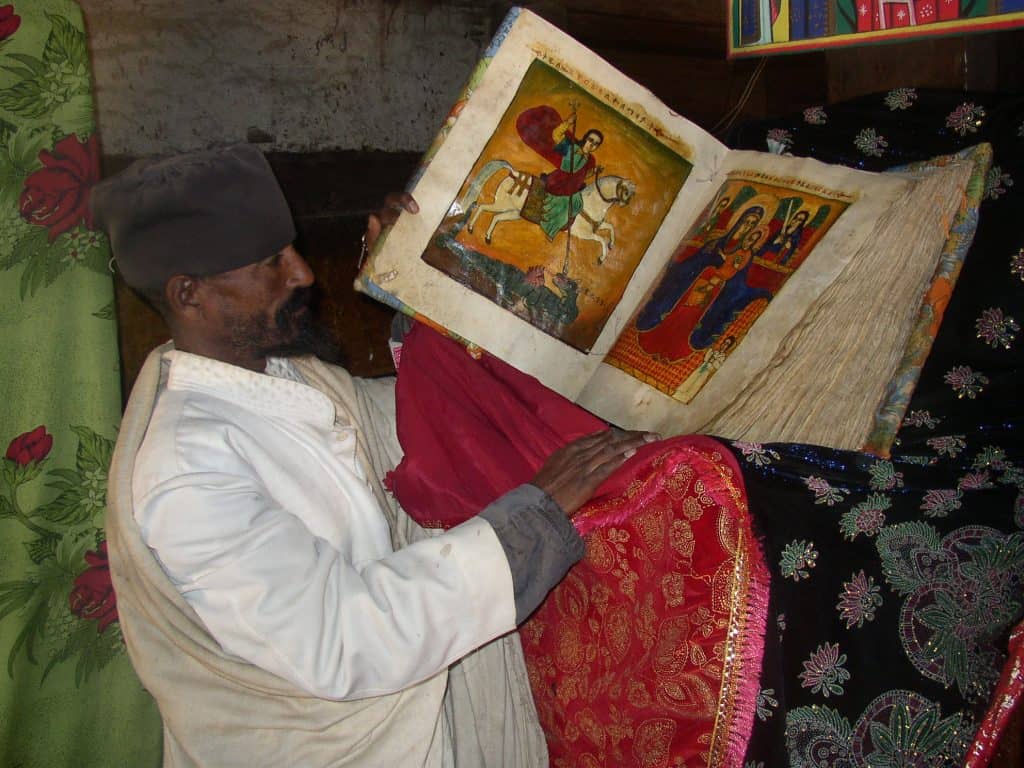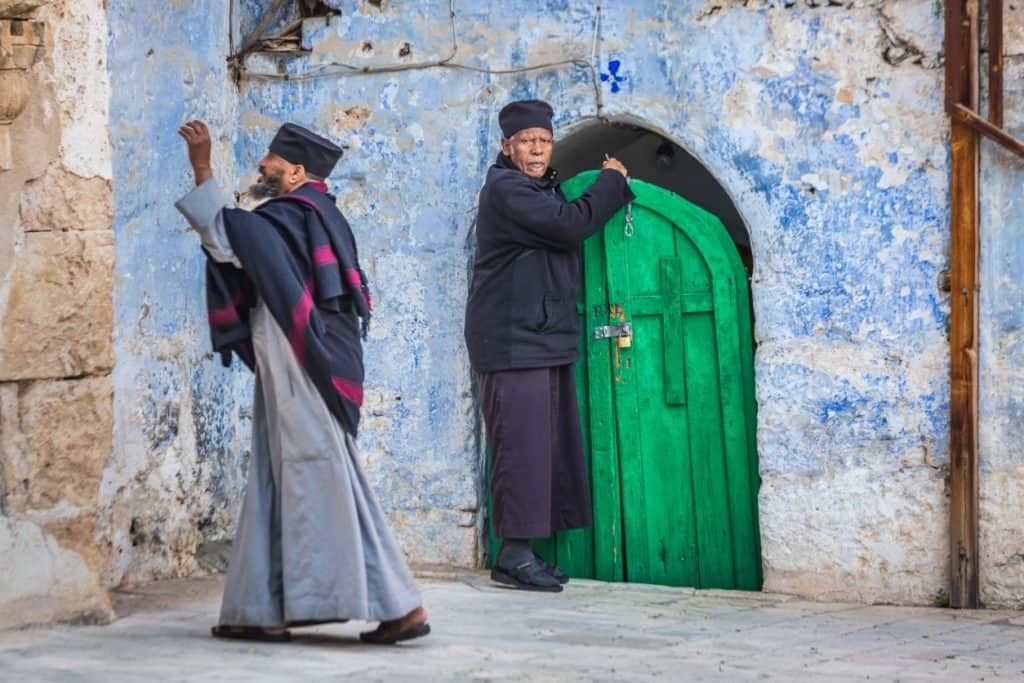The Ethiopian Bible holds a special place in the religious and cultural heritage of the Ethiopian Orthodox Tewahedo Church. It is a collection of sacred texts that includes the books found in the Western Christian Old Testament and several additional books and variations unique to the Ethiopian Orthodox tradition. Here are some key aspects of the Ethiopian Bible:

Old Testament:
The Ethiopian Bible includes the standard Old Testament books in most Christian traditions. However, it also contains several additional books not present in the Western Christian canon, such as the Books of Enoch, Jubilees, and the Prayer of Manasseh.
Deuterocanonical Books:
The Ethiopian Bible includes several books that are considered “Deuterocanonical” by some Christian traditions, meaning they are included in the Septuagint (Greek translation of the Hebrew Scriptures) and some early Christian manuscripts but are not present in the Hebrew Masoretic Text. These books include Tobit, Judith, Wisdom of Solomon, Sirach (Ecclesiasticus), Baruch, and 1 and 2 Maccabees.
Unique Books:
Moreover, the Ethiopian Bible also includes books that are not found in other Christian canons at all, such as the Book of Enoch or the Book of Jubilees, which holds special significance in Ethiopian Christianity and has been preserved in Ge’ez, an ancient Ethiopian scriptural language.
Old Testament Variations:
The Ethiopian Old Testament includes some variations in the text of certain books compared to the texts found in other Christian canons. These variations reflect the distinctive textual traditions of the Ethiopian Church.
Language:
Furthermore, the Ethiopian Bible is primarily written in Ge’ez, an ancient Semitic language historically used in Ethiopian religious and scholarly texts. Ge’ez is no longer widely spoken but remains a liturgical and scriptural language in the Ethiopian Orthodox Church.
Manuscript Tradition:
The Ethiopian Bible has been preserved through a rich tradition of manuscripts. These manuscripts are often adorned with intricate artwork and decorations, reflecting the reverence and devotion with which they are regarded.
Deir Es- Sultan Monastery in Jerusalem

Cultural Significance:
So, the Ethiopian Bible is a religious and cultural treasure. It has played a vital role in shaping the religious identity and spirituality of the Ethiopian people. Furthermore, the stories, teachings, and ethical principles contained within the Bible have influenced Ethiopian art, literature, and society for centuries.
Liturgical Use:
In addition, The holy text is central to the worship and liturgical practices of the Ethiopian Orthodox Tewahedo Church. It is read during religious services, and its teachings guide the faith and practices of Ethiopian Christians.
Last, the Ethiopian Bible is a unique expression of Christianity, preserving a distinct textual tradition and contributing to the rich tapestry of global Christian heritage.

